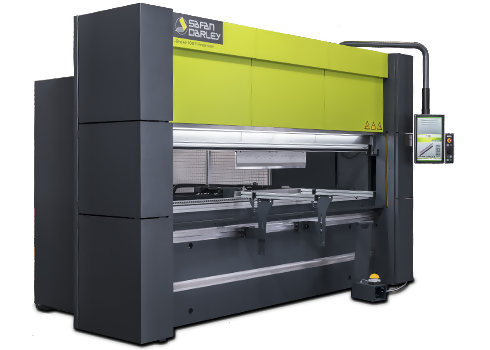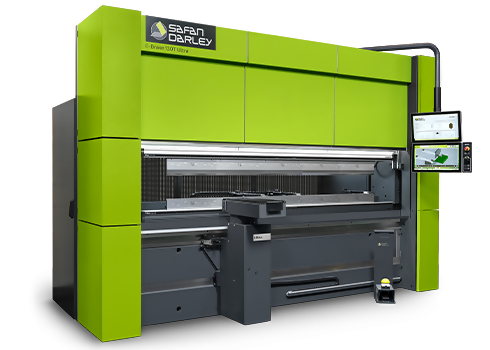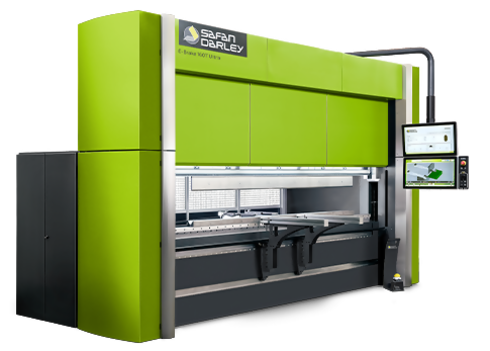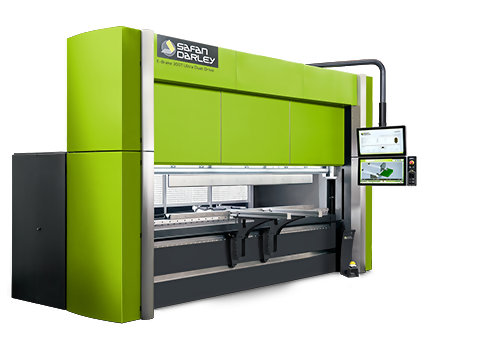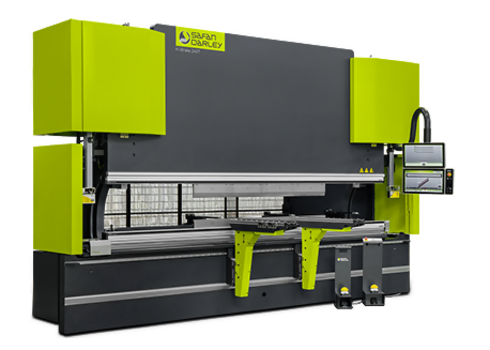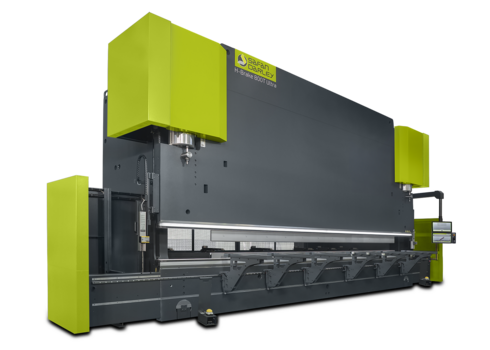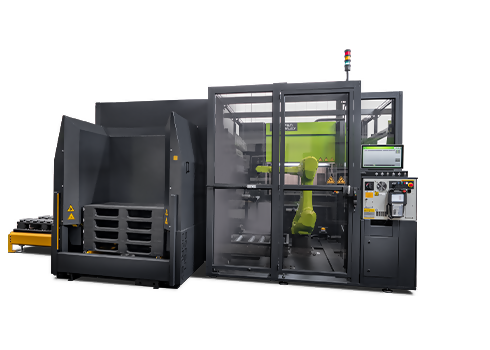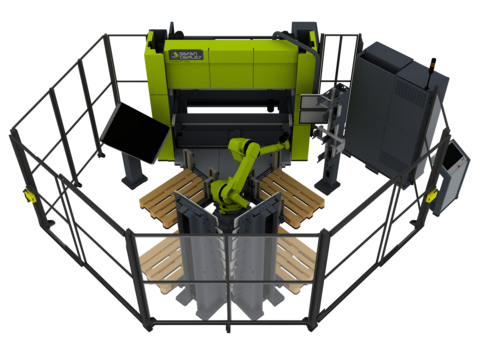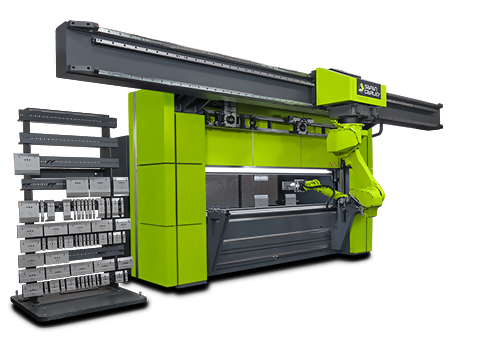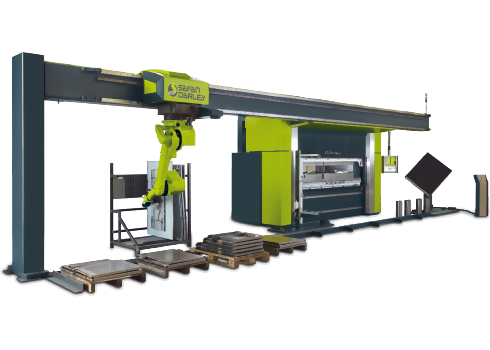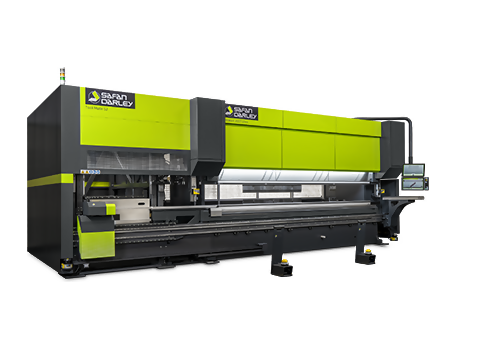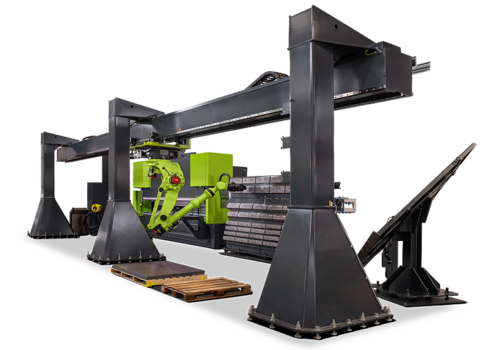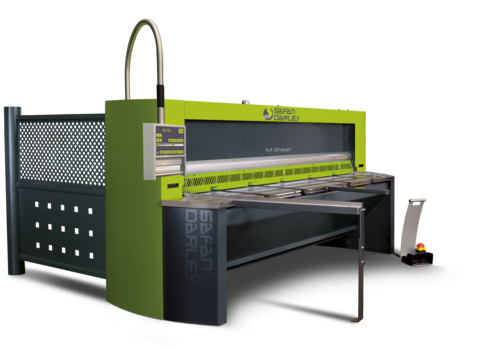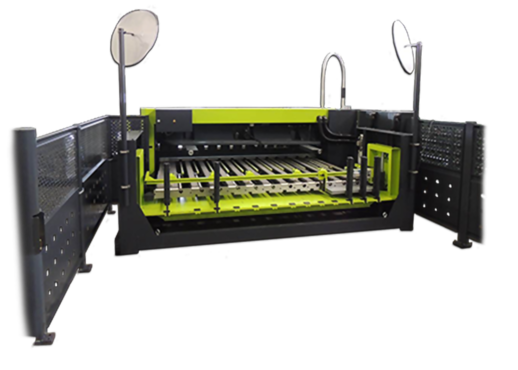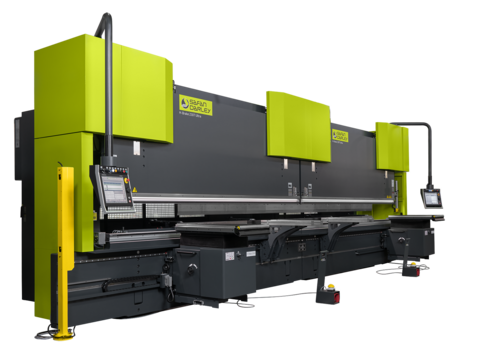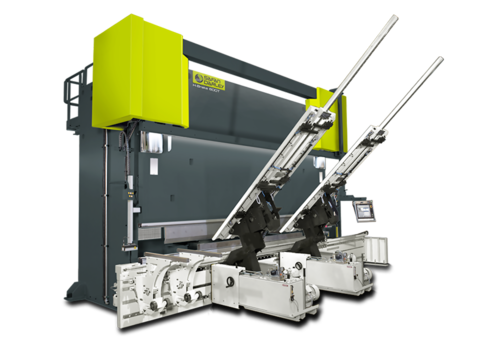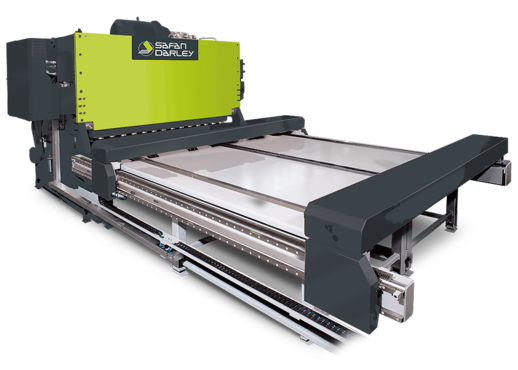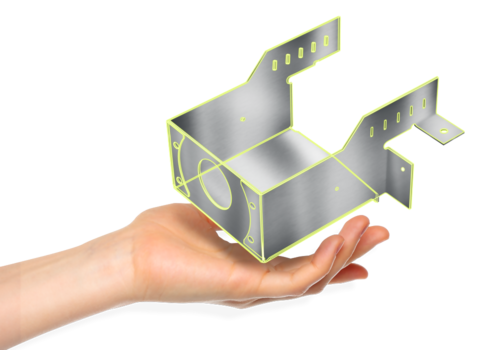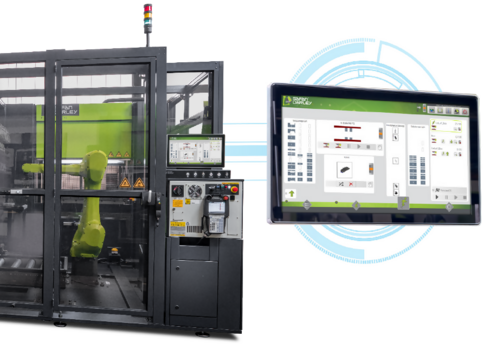
Maximizing Productive Floor Space
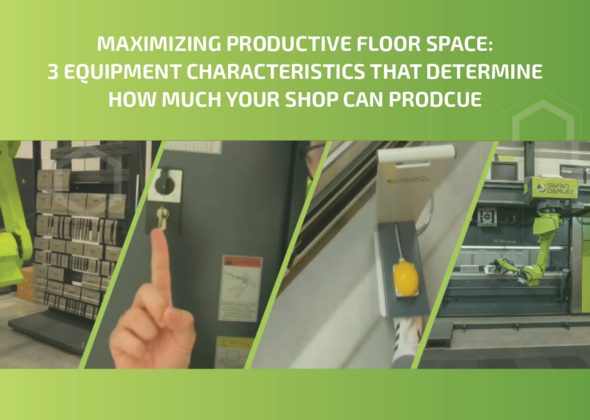
3 Equipment Characteristics That Determine HowMuch Your Shop Can Produce
Your facility’s production floor is the heart of your operation. It’s the hallowed ground between the front office, where orders come in and deals are made, and the loading dock, where you ship goods to market. The shop floor is where you make your money, and sheet metal fabricators are wise to maximize the production value for every square inch of that space.
In most shops, the biggest and most important consumers of floor space are the fabrication equipment such as shears and press brakes. It follows that selecting your fabrication equipment with space and flexibility in mind is the best way to conserve space and produce more.
Before you wade into researching the cost and capabilities of the various machines on the market that might meet your needs, ask yourself a more cut-and-dry question first: How much space will each machine take up, and am I willing to devote that much space to this line of business? You might see that you have fewer options than you had realized.
Here are three important, space-related questions to ask when choosing your equipment:
How Big Is the Footprint?
Let’s start with the most obvious and relevant factor: the footprint of the equipment being considered. OEMs take a wide range of approaches in designing their shears and presses, and space efficiency is not a priority for all of them. In lower-cost regions with massive facilities, for example, having equipment that takes up less space may not be a concern.
However, if you’re working in a typical, small- to medium-sized fab shop, or in a high-rent area, space is a big deal as it determines how much you can produce and how cluttered your shop will feel.
You should also think in terms of automation beyond just fabrication, such as path planning, picking, and stacking. The more floor space you have available, the more options you will have for future automation.
Is There a Manual Mode?
One often overlooked reality of automating fabrication equipment is that with some OEMs and configurations, the new equipment is exclusively automated – meaning that it cannot be operated manually. This is an important factor that can come into play in a few different circumstances:
- Breakdown or malfunction in the automation software or automated components
- A fabricator conducts an automation parts analysis and some of the parts are not good fits for automation
- When a fabricator builds something that varies in parts, where some are good fits for automation, and some are not.
In each of these scenarios, a fabricator runs the risk of having a highly valuable and productive machine unnecessarily sidelined and therefore wasting a bunch of valuable floor space.
To avoid this scenario altogether, the best choice is to invest in machinery that can be both fully automated and operated manually, in the event that any of the situations described above come to pass.
When a fabricator must create parts that are both fit and unfit for automation, the challenge is easily addressed by having operators fabricate the manual parts during the day, and letting the automated cell bend the automated parts at night.
This approach will keep the machine productive for 24 hours a day, running two shifts off the same floor space and doubling productivity.
Is It Ergonomic and Operator-Friendly?
Humans will be running the new piece of equipment, and in order to maximize productivity, it’s important that the equipment is designed to be as operator-friendly as possible. There are several factors to consider.
- Elevation: Is the equipment elevated above the ground? If so, can it be operated manually from beside the machine, or must the operator crawl underneath? And is that safe?
- Clearance: Does the space in front of the machine remain free once it is set up, or is that space inaccessible?
- Does the equipment have built-in support tables or mounts, or will you have to add tables or furnishings when building large quantities of a part?
- Is the seating position adjustable for multiple operators?
- Can the equipment be safely operated by one person, or will an assistant be required?
Each of these factors may affect how efficiently your operators can fabricate with the new equipment, and you definitely need to know how well the machine will accommodate them before you make a final selection.
Conserving Space Costs Less Than Expanding Your Facility
Given the wide range of footprints, configurations, and ergonomic options available from press brake and shear OEMs today, fabricators definitely have the ability to make choices with space prioritized. It’s important to keep space and ergonomics at the forefront of your selection process because they are easy to forget about and can cost you a ton in terms of future automation options.
Read more
blogs
Owners and managers of sheet metal fabrication companies are painfully aware that it is hard to find good operators in the current economic climate – and it’s even harder to find operators who can reliably program production software at the control panel. This dynamic creates a production bottleneck that could easily be avoided.
Some of my colleagues just came back from visiting several large distributors’ open houses, where they spoke with many SafanDarley customers. The U.S. labor shortage was the topic that dominated conversations for the entire event, and it seems like every company in our industry is short on talent.
